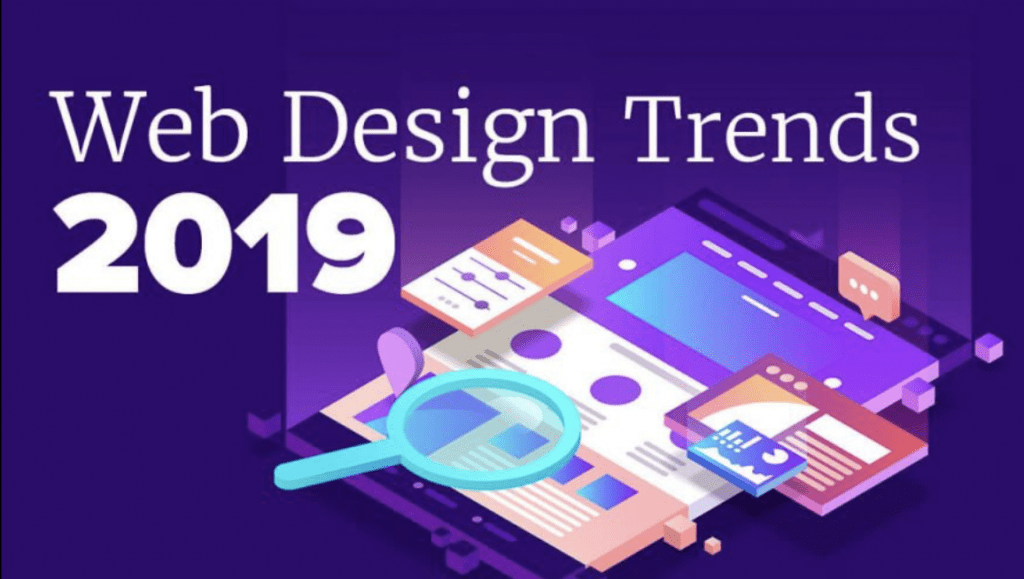
5 Best Web Design Trends to Follow in 2019
Web visitors today are sharper and more judgmental than ever. And, they are only growing more so, as the people who have grown up with internet access take on a larger portion of the population. Don’t take our word for this. A recently conducted research shows that 97% of consumers research their purchases online before they purchase something.
Reliable, modern web design is vital for your brand’s reputation and its future. Keeping yourself up to date on the latest web design trends is essential for the success of your website. A lot of changes occur every twelve months in terms of algorithm updates, best practices, and popularity with visuals.
A Tulsa website design that looks modern and sleek today could look cheesy and outdated in just a few months’ time. That is the main reason why knowing the difference between a trend in the industry and a passing fad is so crucial when designing your website — you need to make sure that your web design will look great for a number of years and not reminiscent of a Geocities message board from 1996.
In this blog post, we discover the top 5 web design trends to follow in 2019, so let’s get straight to it:
Chatbots in Website Design
Latest improvements to AI have had a positive impact on the capability of website chatbots. Gone are the days of unsatisfying automated support. Chatbots become helpful, smart, and efficient.
With their 24/7 availability and lightning-fast service, chatbots can excel with many simple tasks. With just a line of code, website chatbots can be used to answer customer support, conduct user surveys, and even recommend products. Chatbots can also be used to extract expedient data from website visitors; like their email address, specific product interests, and phone number. This information is excellent for marketing and simple to get in a chatbox window.
It’s quite early days for the website chatbot industry, but they’re already a useful tool for online brands. As they improve further, expect website chatbot integration to become a standard feature for web designs.
The End for Sidebars
The slow death of websites’ sidebars is here. Once a necessary website feature, sidebars are becoming useless for today’s mobile-friendly websites. As screens have gotten smaller, the function of sidebars has declined.
Moreover, as web browser support for HTML features has upgraded, hiding sidebars behind sticky navigation bars and collapsible JavaScript menus have become an ideal choice.
Similarly, websites continue to embrace minimal features, benefiting more usability, removing unnecessary distractions, and SEO. This is particularly important when millennial attention periods are too short.
For the above-mentioned reasons, the majority of the best ready-made website templates & builders now have a choice to include or remove these sidebars. However, this is sure to become another best website design trend in 2019.
Graceful Degradation and Progressive Advancement
Most web designers know the significance of responsive design. However, with technology and devices transforming so fast, “mobile-friendly” is no longer adequate. In the first phase of the internet, just a number of browsers and operating-systems required support. Today, and into the future, websites may have to support hundreds. So rather than concentrating on web designs that are mobile-friendly, web designers should design websites that are “everything-friendly.” This is the point where graceful degradation and progressive advancement become essential web standards. Graceful degradation and progressive advancement are about ensuring visitors on all devices – both old and new – can utilize your website content. A progressive advancement is a design approach whereby your site dynamically strips down website features to show only needed content on older devices. This means you simply have one website which works, at least to a basic level, on any type of device. Then again, we have graceful degradation approach. This approach helps in creating a simplified version for older, less advanced devices and a more advanced website for devices capable of using it. The best thing about this approach is that you can design specific versions for different devices. But it also means maintaining multiple copies of the same website.
The Development of Large and Quirky Type
Companies have always been liberal with their branding in offline formats like print and packaging, yet been regulated with how they are seen online. However, as web browser support catches up, these limitations are fading away, and businesses are free once again to be creative with their brand image. One recent trend is the use of non-standard fonts and unusual typography. Integrating custom fonts into your site design can help keep a brand image steady and add unique character to your website. This is most important if your brand is in the artistic fields, like design, music, or fashion. With almost unanimous web-browser support and an increasing number of web-font services, like Adobe Fonts and Google Fonts, there is no reason to avoid custom typefaces in 20219.
The Importance and Emergence of Illustrations
Infographics are engaging and entertaining approach in telling a story. As so, in the past few years, they’ve become a foundation of online marketing.
Though just as infographics have augmented in popularity, so too have general illustrations. In reality, illustrated content is starting to match photo content in the latest Tulsa website design trends. Thus why not illustration? As with the implementation of custom font, the reasons are double. Initially, illustrations provide an easy way to stand out from the crowd and maintain a steady brand image. Secondly, and more important, is web browser support. Most illustrations can now be directly embedded into various sites in SVG format. These files are very lightweight, enabling websites to load much faster. Thus not only are custom illustrations great for branding, but they can also actually help improve SEO and site usability.
Looking back on these 5 web design trends, it’s clear that moving forward cross-device usability will be vital. Most of these trends are the outcome of years of advancement in web design technology – from the web browsers we use to view them to the software on the backend.
Want to see more about today’s tips on web design? Check out our most recent blogs to find more!
